
| Recorded by: R. Newman on 2025-11-30
Carteret Co.
Comment: | 
| Recorded by: Tony McBride, Jim Petranka and Becky Elkin on 2025-10-29
Craven Co.
Comment: |
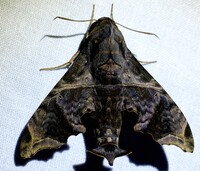
| Recorded by: Dean Furbish on 2025-10-22
Pender Co.
Comment: | 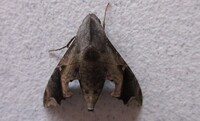
| Recorded by: G. Newman on 2025-10-21
Onslow Co.
Comment: |

| Recorded by: Dean Furbish on 2025-10-19
Pender Co.
Comment: | 
| Recorded by: R. Newman on 2025-10-13
Carteret Co.
Comment: |
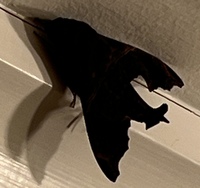
| Recorded by: Cami Gregg on 2025-09-17
Moore Co.
Comment: | 
| Recorded by: Caleb Garner on 2025-09-16
Wake Co.
Comment: |
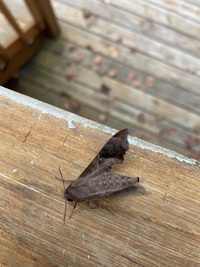
| Recorded by: Caleb Garner on 2025-09-16
Wake Co.
Comment: | 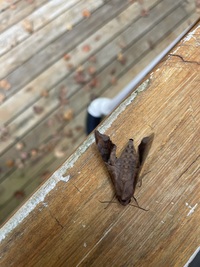
| Recorded by: Caleb Garner on 2025-09-16
Wake Co.
Comment: |

| Recorded by: R. Newman on 2025-09-11
Carteret Co.
Comment: | 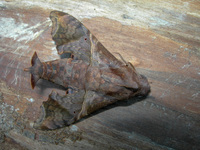
| Recorded by: R. Newman on 2025-08-28
Carteret Co.
Comment: |

| Recorded by: Trey Riley Zartman on 2024-11-20
Hyde Co.
Comment: | 
| Recorded by: Trey Riley Zartman on 2024-11-20
Hyde Co.
Comment: |

| Recorded by: R. Newman on 2024-11-19
Carteret Co.
Comment: | 
| Recorded by: R. Newman on 2024-11-11
Carteret Co.
Comment: |

| Recorded by: Dean Furbish and Joy Wiggins on 2024-11-01
Pender Co.
Comment: | 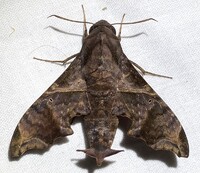
| Recorded by: Dean Furbish and Joy Wiggins on 2024-10-31
Pender Co.
Comment: |
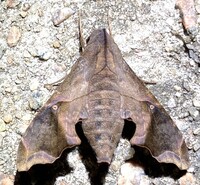
| Recorded by: Dean Furbish and Joy Wiggins on 2024-10-30
Pender Co.
Comment: | 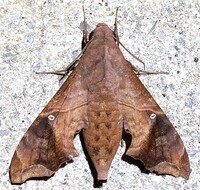
| Recorded by: Dean Furbish and Joy Wiggins on 2024-10-29
Pender Co.
Comment: |
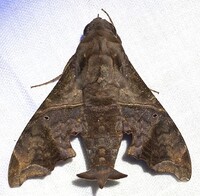
| Recorded by: Dean Furbish and Joy Wiggins on 2024-10-28
Pender Co.
Comment: | 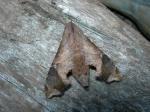
| Recorded by: R. Newman on 2024-10-26
Carteret Co.
Comment: |

| Recorded by: John Petranka on 2024-10-08
Bladen Co.
Comment: | 
| Recorded by: R. Newman on 2024-10-02
Carteret Co.
Comment: |

| Recorded by: R. Newman on 2024-09-09
Carteret Co.
Comment: | 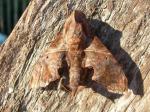
| Recorded by: R. Newman on 2023-10-24
Carteret Co.
Comment: |

| Recorded by: Dean Furbish and Joy Wiggins on 2023-10-23
Pender Co.
Comment: | 
| Recorded by: R. Newman on 2023-09-18
Carteret Co.
Comment: |
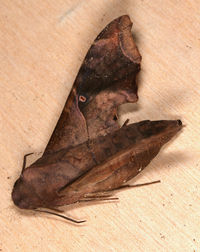
| Recorded by: Jim Petranka, Bo Sullivan and Becky Elkin on 2023-09-14
Macon Co.
Comment: | 
| Recorded by: R. Newman on 2023-09-07
Carteret Co.
Comment: |
|

 »
»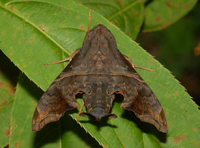
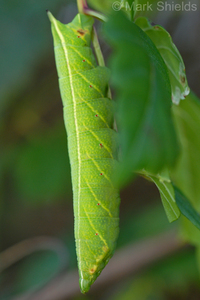


 »
»

